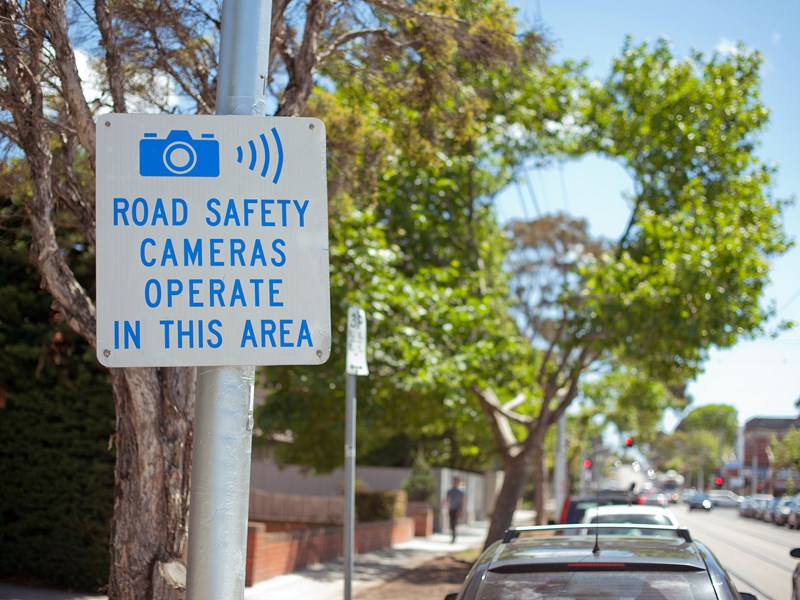Traffic cameras save lives, despite public scepticism
8 January 2024

Victorians remain sceptical about the true purpose of road safety cameras, according to evidence presented to a parliamentary inquiry by the Road Safety Camera Commissioner.
Neville Taylor appeared before the Legislative Assembly Economy and Infrastructure Committee’s inquiry into the impact of road safety behaviours on vulnerable road users.
Survey responses ‘have consistently revealed that the majority of Victorians believe that road safety cameras are just revenue raisers,’ he told the Committee.
According to research carried out for the Office of the Road Safety Camera Commissioner around 65 per cent of respondents believe the main purpose of road safety cameras is to generate revenue, that’s up from 53 per cent in the 2020 survey, but consistent with the 69 per cent found in the 2017 survey.
Mr Taylor told the Committee there is an ongoing need to ‘bridge the gap’ between this perception and the reality that cameras have proved an effective means of decreasing the number of collisions.
‘The available research from road safety experts is persuasive on the effectiveness of road safety cameras to reduce road trauma,’ he said.
Citing research from the Monash University Accident Research Centre he said there has ‘been a 47 per cent reduction in casualty crashes at intersections on the enforcement leg of the camera system’.
He said there was a ‘correlation between road users’ high-risk behaviour and collision involvement. Generally, the statement is that the fewer infringements a person has had, the less likely they are to have had a collision’.
Getting an infringement notice also makes drivers less likely to infringe in the future.
'More than half of those respondents—55 per cent—who received a previous infringement notice stated that they did now slow down all or most of the time and that they are what they consider to be a more careful driver now,’ he said.
The inquiry is investigating changes to road users’ behaviour during and after the COVID-19 pandemic, and how this affected the safety of people most at risk on the road.
Vulnerable road users, such as pedestrians, cyclists and motorcycle riders, are less protected in the event of a road crash. The inquiry is considering the impact of road users’ behaviour on these groups as well as on the safety of children, older people and people using mobility devices.
The Commission’s survey found that more than half of the respondents believe there has been an increase in dangerous driving behaviours, particularly distracted driving, speeding and disobeying traffic control lights, on Victorian roads since the COVID-19 lockdown period.
He said new technology rolled out in July had detected alarming rates of distracted drivers and drivers not wearing seatbelts.
‘I think, the surprising insight is the number of people who have been seen to be either not wearing a seatbelt or inappropriately wearing a seatbelt, that is, either wearing it, for some reason, in a way that is not going to allow the seatbelt to do its job, or—and I know police, as they do this, recognise—in a way that is quite deliberately inappropriately worn,’ he said.
The full transcript of the hearing is available on the Committee’s website and the full survey details are published on the website of the Road Camera Commissioner.
A map showing the location of road safety cameras in Victoria can be viewed on the Cameras Save Lives website.